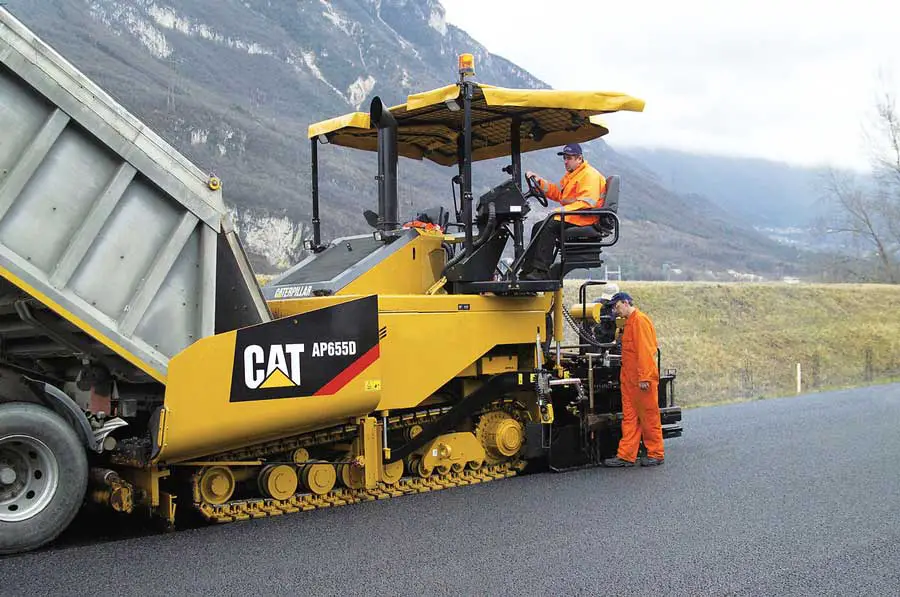One of the most commonly used tools in the lifting and rigging industry is a hook.
What are hooks? A hook is a tool used to lift the load by attaching it to the chain hook. The shape of the hook resembles a question mark. This tool is often referred to as a hook or hook tool.
In the market, there are various types of hooks available to meet various needs. This type of hook can be distinguished according to several aspects, namely:
- Connector type
- Security type or mechanism
- Forms and uses
Make sure you understand the differences between the different hooks so that you can find the best tool for your needs.
Depending on the connector that connects the hook with a sling or chain, there are 2 types of hooks to choose from, namely:
1. Clevis hook

The clevis hook is directly attached to the chain. In terms of price, this type of hook is more affordable because it does not require the use of additional components in the form of a connecting link.
The downside is that there is limited flexibility of movement where the hook is connected to the chain.
The clevis hook is equipped with a “U” shaped clevis that is fixed with a nut. This type of chain hook is an alternative to eye hooks. Its non-permanent nature means that users can easily replace parts of the hook if it breaks.
2. Eye hook

The eye hook requires a coupler or connecting link before it can be attached to a sling or chain hook. The main advantage of this type of hook is the great flexibility of movement.
The downside is that it is permanent. If there is damage to the eye or eye, all parts must be replaced.
The types of hooks are further distinguished according to the safety or locking mechanism used. There are at least 3 types of hooks depending on the security mechanism used, namely:
3. Safety Latch Hook / Sling Hook

This type of snap hook is always closed and can only be opened manually to secure or remove the load.
4. Self-locking Hook

This type of snap hook has a special trigger system that opens and closes the safety mechanism.
5. Grip Latch Hook
It can be said that this type of hook is the safest and most durable thanks to a proven design and manufactured according to certain safety standards.
The types of hooks are further distinguished based on their form and use or function. The types of hooks are:
6. Swivel Hook
The swivel hook allows the 3600 hooks to rotate. Several hooks fall into this category, namely:
- positioning swivel hook
- true swivel hook with bearing
Both types of hooks make it easy for the user to rotate the hook to achieve a consistent and precise position when hooking the load.
They both have similarities in that they will not rotate or move during the lifting process, only during the fixing process.
7. Foundry Hook
As the name implies, the foundry hook is used in foundries or the metal casting industry. This hook is wider and deeper than other types of hooks.
This hook does not have a safety mechanism or a safety latch. It is adapted to a very hot and dangerous work environment that does not allow workers to hook or unload loads manually.
8. Grab Hook
The grappling hooks are narrower and provide flexibility to shorten the hook chain. There are several such hooks and you need to know the difference between them:
Standard grab hook
This type is the most popular and the cheapest. The downside is that you have to reduce the working load limit by 20% if you use it to shorten the chain length.
Cradle grab hook
This type has the added feature of a crib. The price is somewhat more expensive than the standard type, but it has the advantage that it is not necessary to reduce the working load limit when it is used to shorten the chain length.
Related: What Are The Main Causes of Injuries When Using Forklifts?
9. Sorting hook
This hook is generally used to lift tubular objects. The unique shape and design mean this chain hook should be used with a slope of 300-450 for maximum results.
10. J-hook
The J-hook has a slimmer shape and design than other types of hooks. This type of hook is used for special applications where other chain hooks, such as lugs and swivels, are considered too large and thick.
11. Drum / Barrel Hook
As the name suggests, this hook is used to lift drums or barrels. In other words, this type of hook is widely used in the oil industry. This hook is designed to be used at an angle of 300-450
12. Sling Hook
All types of industries that use chain slings and wire rope slings for lifting generally use a sling hook.
13. Sliding Choker Hook
This type of hook is used to lift and lock the item to be lifted in the choker position. Generally, large-scale industries dealing with heavy objects will use this tool.
14. Anchor Line Hook
This hook chain tool will be used by the shipping industry as a tool in boat mooring.
15. Twisted Hook
Slightly different from other types of chain hooks, this tool has a connecting shape that rotates slightly. This rotation provides a different space for this tool.
Generally, this type of hook is used in the lumber industry or lumber industry to pull or lift wood.
16. Shurlock Hook
The last types of hooks are hooks that have an automatic safety system or mechanism. When given a load, this hook will automatically lock to ensure the safety of the goods. Generally, this type of hook is used as a lifting application.
Of the many types of hooks available, which type of chain hook do you need? When choosing, several aspects must be taken into account, namely:
- The total weight of the load to be lifted
- Type of load or material to be lifted
- Type of sling used
- Type of sling hitch used
- The connection system used. Either using chains, slings, shackles or other systems.
- The number of lifts performed in a given period of time, for example, every day and the distance from one point to another.
- Angle of elevation. Some hooks have specific lifting angles to ensure that they can lift the maximum load.



